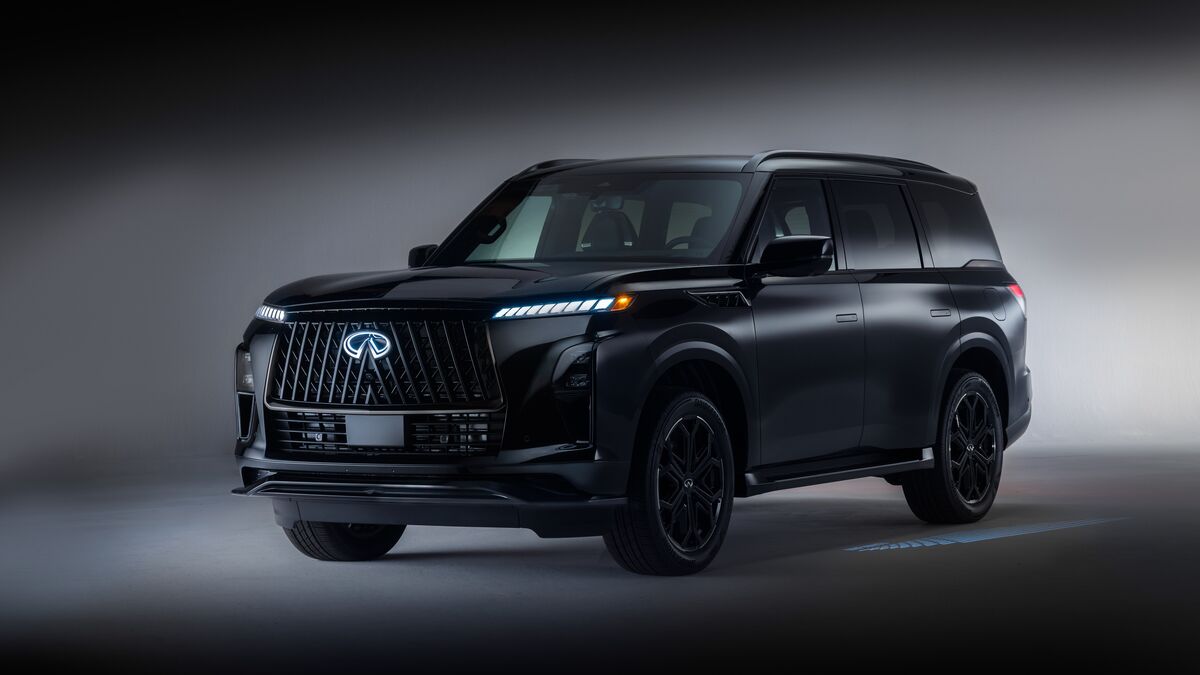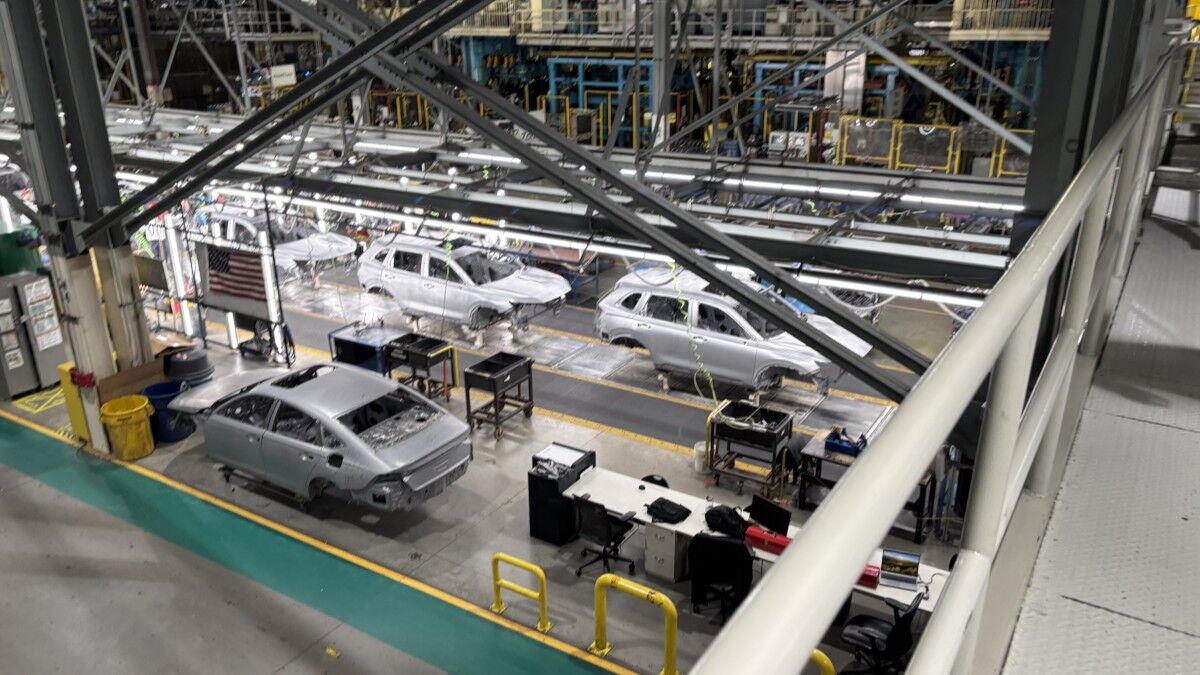People want wireless phone charging pads in their new cars. They want them for drivers. They want them for front-seat passengers. They want them for rear-seat passengers.
They don’t want self-driving features.
That’s the conclusion of a new study from AutoPacific, a consulting company that helps automakers with “market research, product development, product and market planning, and marketing.”
Related: The Best And Most Advanced Car Features You Will Want
The 2024 edition of the company’s annual Future Attribute Design Study (yes, FADS) surveyed more than 14,900 licensed drivers in the U.S. who intend to acquire a new vehicle within the next three years about what features they want in their new car.
Mostly, they want it to support phones.
Buyers Want Electricity Everywhere
The most requested attribute was a wireless charging pad that supported front-seat passengers, not just drivers. Respondents were willing to pay $50 for the feature. A handful of 2024 models have dual front wireless charging pads, though most cars we’ve tested support just one phone.
The second-most-requested feature was a tie. Thirty-seven percent of respondents wanted another charging pad – this one for rear-seat passengers. They would pay another $50 for that pad.
An equal percentage wanted heated and cooled front seats. Shoppers would pay up to $550 for those.
In the early days of the electric car era, electricity is behind many shopper requests. A 110-volt household electrical outlet in the car also made the top 10.
Customized Profiles a Growing Request
Driver profiles – memory settings that let two different drivers in a household set up the car for their own preferences – moved from tenth on the list last year to sixth this year.
“This feature can be a huge help among households with multiple drivers who may at times share a vehicle,” says Robby DeGraff, AutoPacific Manager of Product and Consumer Insights. “Making your own driver profile settings requires a bit of initial homework, but once established, it’s essentially a get-in-and-go experience with the vehicle automatically setting the seat, mirrors, steering wheel, audio presets, and many other personal settings to your preferences when you get in the vehicle.”
Related: Americans Growing Less Trustful Of Self-Driving Cars
Automakers Want Self-Driving. Shoppers Don’t.
Some features are popular with automakers but not car shoppers. Hands-off driving technology like Ford’s BlueCruise or General Motors’ Super Cruise stayed off the list again.
Instead, drivers asked for simpler safety measures. Rear-cross traffic alert with emergency braking – a system that detects crossing traffic behind a car and can hit the brakes to try to prevent an accident – made the list.
Related: What Is Rear Cross-Traffic Alert?
That, however, might be an early step toward self-driving. Automakers say that developing such safety systems helps feed into the research that could someday give us self-driving cars.
But shoppers still value simple, inexpensive creature comforts more. They’d rather have sunshades for rear-seat passengers, for instance, and they’d pay an extra $100 to get them, according to AutoPacific.
The Top 10 Most-Wanted Car Features
| Feature | Percentage Who Wanted It | What They’d Pay |
| Wireless charging pad for front passengers | 44% | $50 |
| Wireless charging pad for rear passengers | 37% | $50 |
| Heated and cooled front seats | 37% | $550 |
| Rain-sensing windshield wipers | 36% | $75 |
| Sunroof/Moonroof | 35% | $800 |
| Driver profile settings | 35% | $50 |
| Household 110-volt outlet | 34% | $100 |
| Sun shades for rear passengers | 33% | $100 |
| Rear cross-traffic alert with emergency braking | 32% | $150 |
| Built-in air compressor | 31% | $100 |








